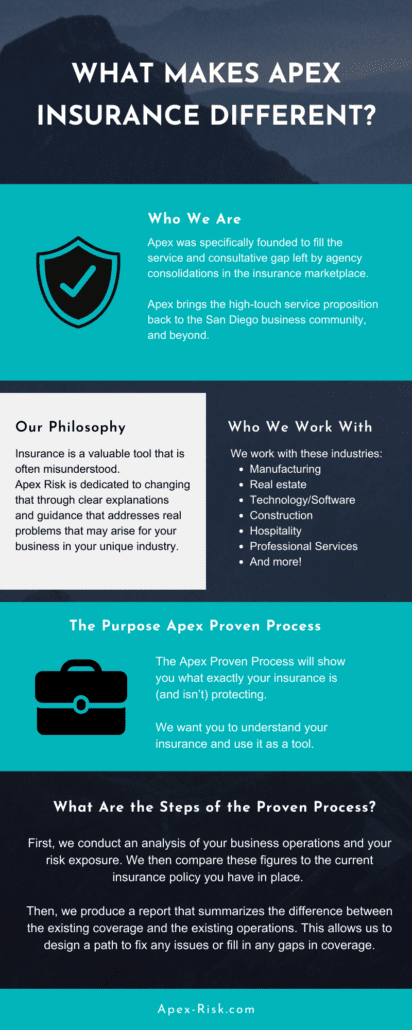4 Simple Techniques For Pacific Prime
Wiki Article
The Greatest Guide To Pacific Prime
Table of ContentsPacific Prime Fundamentals ExplainedSee This Report about Pacific PrimeA Biased View of Pacific PrimeNot known Facts About Pacific PrimeSome Known Details About Pacific Prime

This is because the data were collected for a duration of strong economic performance. Of the approximated 42 million people who were without insurance, just about concerning 420,000 (about 1 percent) were under 65 years old, the age at which most Americans become eligible for Medicare; 32 million were adults between ages 18 and 65, around 19 percent of all adults in this age; and 10 million were children under 18 years old, concerning 13.9 percent of all kids (Mills, 2000).
These estimates of the number of persons uninsured are generated from the yearly March Supplement to the Present Population Survey (CPS), carried out by the Census Bureau. Unless otherwise noted, nationwide estimates of individuals without health and wellness insurance and proportions of the populace with various type of insurance coverage are based upon the CPS, one of the most extensively utilized resource of estimates of insurance policy protection and uninsurance prices.
Pacific Prime Can Be Fun For Anyone

Still, the CPS is specifically beneficial because it creates yearly estimates relatively rapidly, reporting the previous year's insurance coverage approximates each September, and because it is the basis for a consistent collection of quotes for greater than twenty years, enabling evaluation of trends in insurance coverage in time. For these factors, along with the considerable use the CPS in other researches of insurance coverage that exist in this report, we count on CPS estimates, with limitations noted.

The price quote of the number of without insurance people expands when a populace's insurance coverage condition is tracked for several years. Over a three-year period beginning early in 1993, 72 million individuals, 29 percent of the united state population, were without insurance coverage for at the very least one month. Within a solitary year (1994 ), 53 million people experienced at least a month without coverage (Bennefield, 1998a)
6 out of every 10 without insurance adults are themselves used. Functioning does improve the possibility that one and one's household participants will have insurance, it is not an assurance. Also participants of families with 2 permanent wage earners have practically a one-in-ten opportunity of being without insurance (9.1 percent uninsured rate) (Hoffman and Pohl, 2000).
The Basic Principles Of Pacific Prime
New immigrants represent a considerable proportion of individuals without medical insurance. One analysis has actually attributed a considerable section of the recent development in the dimension of the U.S. uninsured population to immigrants that arrived in the country between 1994 and 1998 (Camarota and Edwards, 2000). Current immigrants (those who concerned the USA within the previous 4 years) do have a high price of being without insurance (46 percent), yet they and their kids represent just 6 percent of those without insurance policy nationally (Holahan et al., 2001).The relationship in between medical insurance and accessibility to care is well established, as recorded later in this chapter. Although the partnership between wellness insurance policy and health and wellness results is neither direct neither basic, a comprehensive scientific and health services study literary works web links medical insurance protection to better accessibility to care, far better quality, and improved personal and populace health and wellness condition.
Levels of evaluation for analyzing the impacts of uninsurance. It focuses particularly on those without any wellness insurance coverage for any type of length of time.
The Definitive Guide to Pacific Prime
The troubles dealt with by the underinsured remain in some aspects similar to those encountered by the uninsured, although they are generally less serious. global health insurance. Uninsurance and underinsurance, nonetheless, involve clearly various policy problems, and the strategies for resolving them might differ. Throughout this study and the five reports to follow, the primary focus is on persons without health insurance and thus no help in spending for health care past what is available through charity and safety and security net institutions
Medical insurance is an effective variable affecting invoice of care since both individuals and medical professionals respond to the out-of-pocket price of services - http://dugoutmugs01.unblog.fr/2024/04/02/pacific-prime-your-partner-for-comprehensive-insurance-solutions/. Health insurance coverage, nevertheless, is neither essential neither enough to get access to medical solutions. However, the independent and straight impact of medical insurance protection on accessibility to health and wellness services is well established.
Others will certainly acquire the healthcare they need even without medical insurance, by spending for it expense or seeking it from providers who supply care cost-free or at very subsidized prices. For still others, medical insurance alone does not ensure receipt of treatment as a result of other nonfinancial barriers, such as an absence of health treatment companies in their neighborhood, limited access to transport, illiteracy, or linguistic and social distinctions.
An Unbiased View of Pacific Prime
Formal research regarding uninsured populations in the United States dates to the late 1920s and very early visit homepage 1930s when the Committee on the Price of Treatment created a collection of reports concerning funding medical professional office visits and hospitalizations. This issue came to be significant as the numbers of medically indigent climbed during the Great Anxiety.Report this wiki page